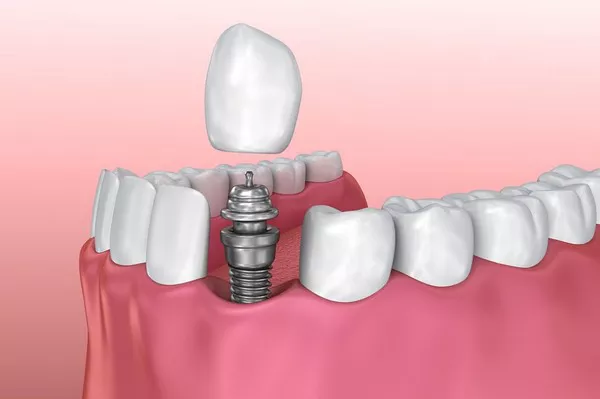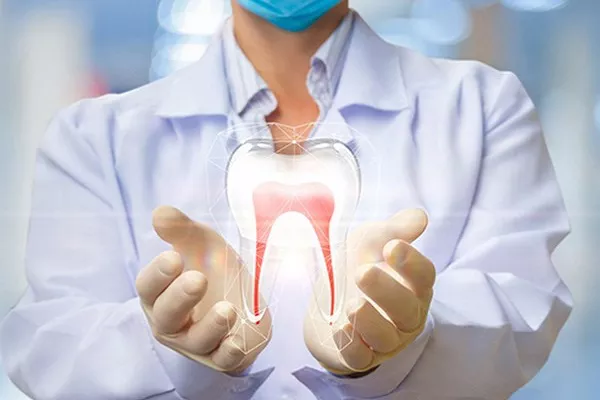Cavities, also known as dental caries or tooth decay, are a common oral health issue that occurs when bacteria and acids erode tooth enamel, leading to the formation of small holes or cavities in teeth. If left untreated, cavities can progress and cause pain, sensitivity, and more extensive damage. Dental fillings are a fundamental aspect of restorative dentistry, used to repair and restore teeth affected by cavities. In this article, we will delve into the different materials used to fill cavities, the benefits of each option, and the importance of seeking timely treatment.
Understanding Dental Fillings
Dental fillings are materials used to fill and seal cavities in teeth, restoring their function, shape, and appearance. The primary goal of dental fillings is to prevent further decay and protect the tooth from further damage. Dental professionals assess the size, location, and severity of the cavity to determine the most appropriate filling material for each case.
Types of Dental Filling Materials
Amalgam Fillings:
Amalgam fillings, also known as silver fillings, have been used for decades to fill cavities. These fillings consist of a mixture of metals, including silver, tin, copper, and mercury. Amalgam fillings are durable and cost-effective, making them a common choice for restoring cavities in back teeth where aesthetics are less of a concern. However, their dark color can be noticeable, and some patients have concerns about the mercury content.
Composite Fillings:
Composite fillings, also called tooth-colored or white fillings, are made of a blend of plastic and glass materials. These fillings can be matched to the color of the natural teeth, making them an excellent choice for visible areas. They bond well to the tooth structure, require less tooth removal than amalgam fillings, and are considered more aesthetically pleasing. However, composite fillings may be less durable for large cavities or areas with heavy chewing pressure.
Ceramic Fillings:
Ceramic fillings, often made of porcelain, are custom-made in a dental laboratory and then bonded to the tooth. These fillings are highly aesthetic and closely mimic the natural appearance of teeth. Ceramic fillings are durable, resistant to staining, and suitable for people with metal allergies. However, they are more expensive and require multiple dental visits for placement.
Gold Fillings:
Gold fillings are made of a gold alloy and are known for their longevity and durability. They require minimal removal of tooth structure and can withstand heavy chewing forces. Gold fillings are well-tolerated by the surrounding tissues and offer a distinct appearance. However, their high cost and noticeable appearance may be deterrents for some patients.
Glass Ionomer Fillings:
Glass ionomer fillings are made of a mixture of glass and acrylic materials. They are often used for small cavities in non-load-bearing areas. Glass ionomer fillings release fluoride over time, which can help prevent further decay. These fillings have a more translucent appearance and are best suited for primary teeth or temporary restorations.
Choosing the Right Filling Material:
The choice of filling material depends on various factors, including the size and location of the cavity, the patient’s preferences, and the dentist’s recommendations. During your dental visit, your dentist will discuss the advantages and disadvantages of each filling material and help you make an informed decision.
Conclusion
Dental fillings are essential for restoring teeth affected by cavities and preventing further decay. The choice of filling material depends on factors such as the location of the cavity, the appearance you desire, and your budget. Amalgam, composite, ceramic, gold, and glass ionomer fillings each have their unique characteristics and benefits. To ensure the best outcome, consult with your dentist, who can recommend the most suitable filling material for your specific case. Timely treatment of cavities with appropriate dental fillings not only restores the function of your teeth but also contributes to maintaining optimal oral health and preventing more extensive dental issues in the future.
Related Topics:




























